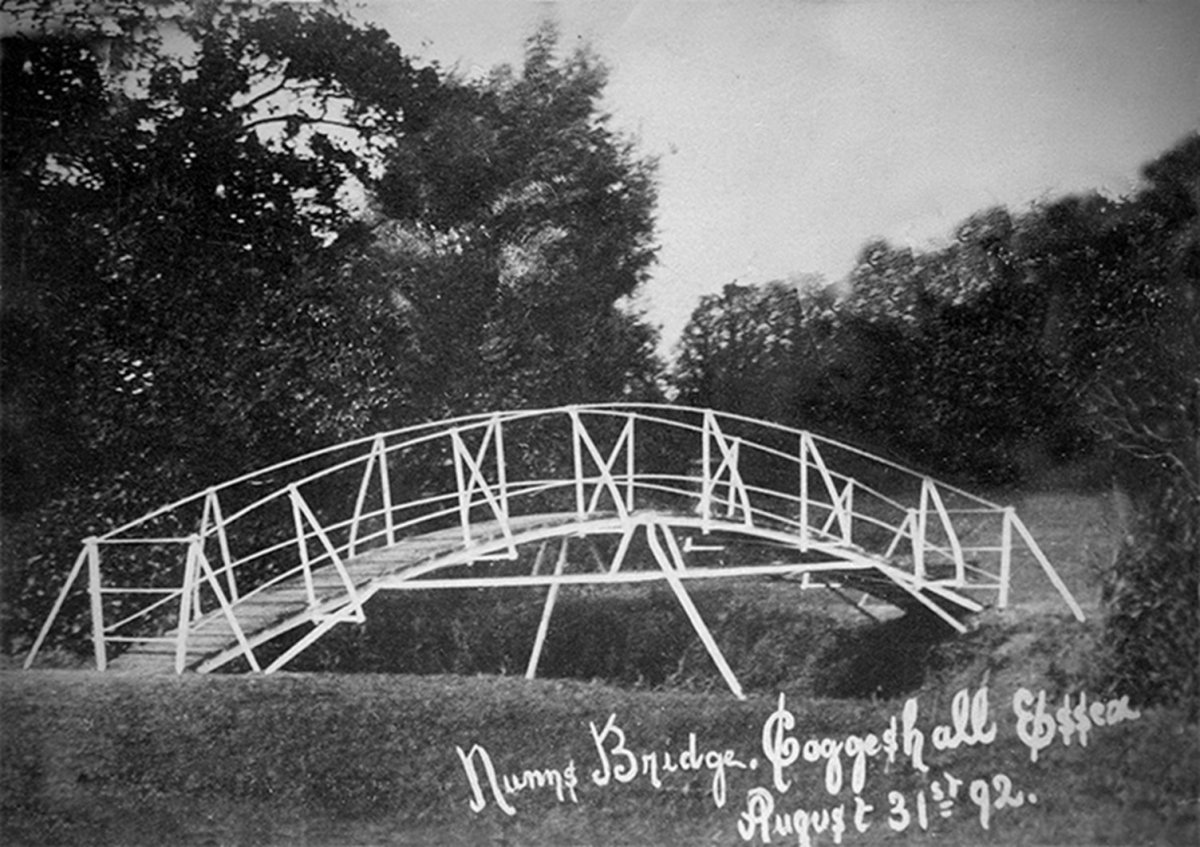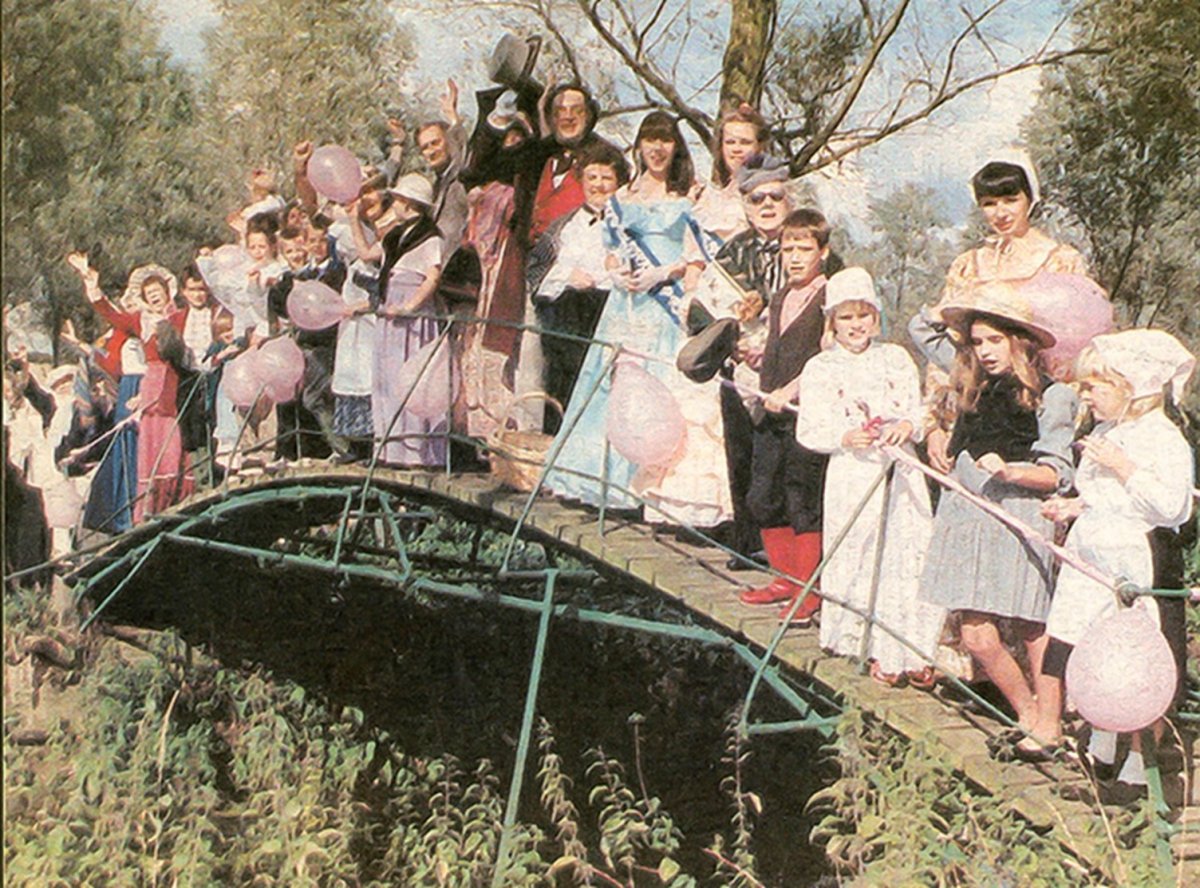Nunn’s Bridge, Coggeshall
Share on:
If you take a country walk along the public footpath south-west of the historic town of Coggeshall in Essex, you’ll find an elegant iron footbridge crossing the River Blackwater.
The 30-foot bridge was crafted by local blacksmith and social activist Henry ‘Dick’ Nunn (1836-1896) in 1892. Nunn was a campaigner for the welfare of people and animals, and an early advocate of public rights of way in the countryside.
In the early 1890s the old wooden footbridge at this site linking the paths on either side of the river had collapsed. To preserve the footpath, Nunn appealed to the local authorities to build a replacement – who refused – and the landowner’s exectors refused permission. Nunn was undeterred and built the bridge at his own expense for the benefit of his community.

In his forge in Coggeshall in the summer of 1892, Nunn crafted a bridge which was both strong and lightweight. He had a poster printed calling on ‘all those who take an interest in Preserving the Right of our Public Footpaths’ to join him in a procession from Market Hill in Coggeshall to the new bridge on 31 August 1892. Coggeshall Town Band led a merry group of locals along the public right of way to open the new bridge. That day 703 people were counted over the bridge.
Nunn had painted the iron using iron oxide primer and lead white. Some of the original pinkish colour can be seen under peeling green paint in the photos from 1992, when Coggeshall celebrated the bridge’s centenary – some in Victorian dress.

Locals were alarmed in January 2020 when Essex Highways declared the bridge '...no longer fit for purpose' and planned to replace it. Hundreds signed a petition to save the bridge and successfully campaigned to get the structure listed. Conservation engineers at the Ed Morton Partnership, who told us this story, have put together a report for repairs. It is heartening that again local community action managed to retain an important part of Coggeshall’s history and keep it in everyday use.
Visit the Coggeshall history website for more information on Dick Nunn and his bridge and read the listing description by Historic England.
Sign up for our email newsletter
Get involved
